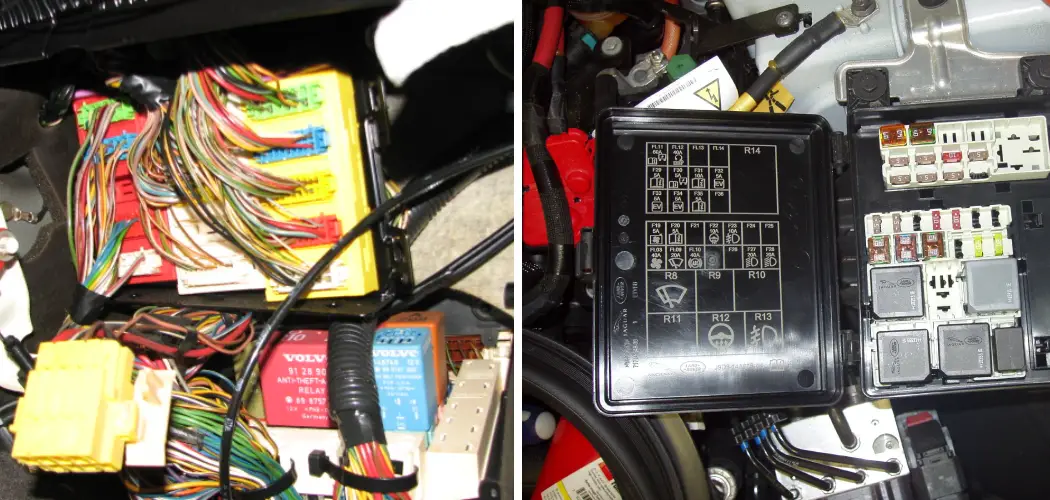Are you planning on installing aftermarket offroad lights on your 4×4 vehicle but don’t know where to start? You might be wondering if wiring offroad lights requires a relay or not – the answer is no! Although it can seem intimidating at first, wiring up off-road lamps without having to mess with relays is quite simple.
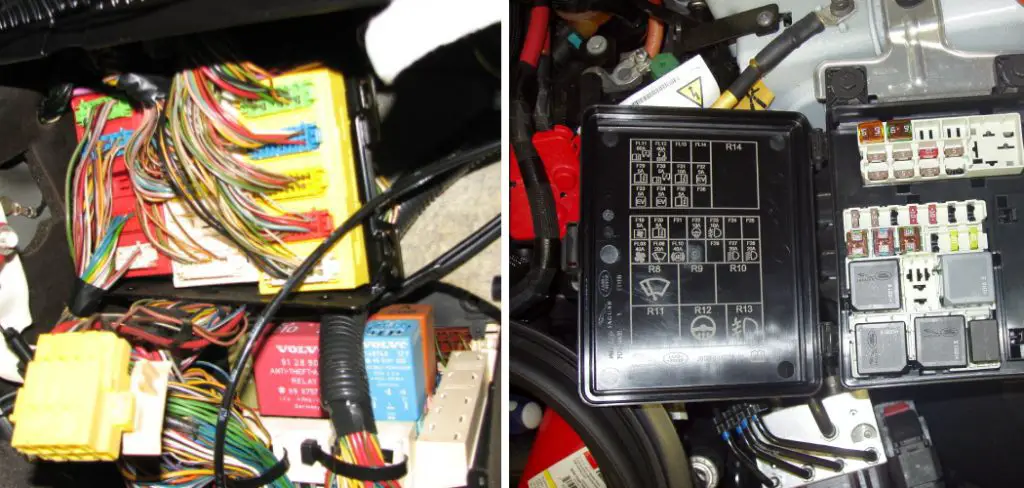
With some research and a good set of instructions, even novice drivers can easily add extra lighting features to their vehicles. Read on for an easy guide that will help you wire your off-road lights without needing a relay!
If you’re an offroad enthusiast and live for adventure, then one of the most important modifications you can make to your vehicle is adding reliable lighting solutions. One way of doing this is through wiring your own set of lights without a relay–it may sound complicated but it’s simpler than it sounds! In this blog, we’ll explore how to wire offroad lights without relay.
Why May You Want to Wire Offroad Lights Without Relay?
1 . To Save Money
If you are on a tight budget and want to fix your offroad lights without buying new relays, then wiring them without relays can be a good option. Relays can be expensive, especially if you need multiple ones for all your lights. By eliminating the need for a relay, you can save some money that you can put toward other essential parts or upgrades for your vehicle.
2 . Less Complicated Wiring
Relays can make the wiring process more complicated, especially if you are not familiar with them. They require additional wires and connections, which can be confusing for someone who is new to electrical work or offroading.
By wiring offroad lights without relays, you are reducing the number of wires and connections needed, making the process simpler and more straightforward.
3 . Easier Troubleshooting
If you are experiencing issues with your offroad lights, troubleshooting can be a time-consuming and frustrating task. With relays in the mix, it can be even more complicated to identify the root cause of the problem.
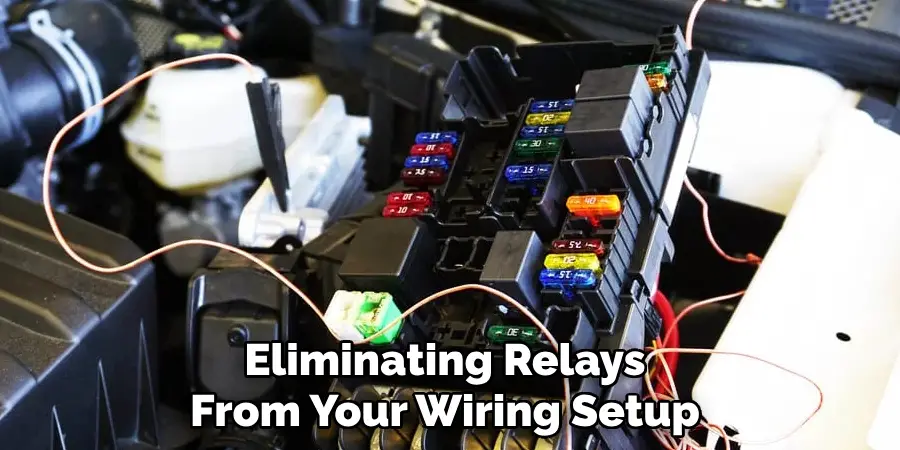
By eliminating relays from your wiring setup, you are reducing the number of components that could potentially malfunction, making troubleshooting easier and faster.
How to Wire Offroad Lights Without Relay in 5 Easy Steps
Wiring offroad lights without a relay is a relatively simple process. However, it does require some basic knowledge of electrical work and offroading vehicles. Here are the steps you need to follow:
1 . Gather Your Supplies
The very first step is to gather all the necessary supplies for wiring offroad lights without a relay. These include:
- Offroad lights
- Wire strippers
- Butt connectors
- Electrical tape or heat shrink tubing
2 . Prepare Your Vehicle
Before starting any wiring work, it is important to disconnect the vehicle’s battery. This will prevent any accidental electrical shocks and protect your vehicle’s electrical system.
3 . Wire the Offroad Lights
Once your vehicle is prepped and ready, it’s time to wire the offroad lights. Start by running a length of wire from each light to the battery. Strip about half an inch of insulation from both ends of the wires using wire strippers. Next, connect one end of each wire to the positive terminal of the battery, and the other end to the positive wire of your offroad lights.
4 . Connect Ground Wires
In order for your offroad lights to work properly, they need a proper ground connection. To do this, connect a length of wire from each light’s negative terminal to a metal part on your vehicle’s frame. This will provide a solid ground connection for your lights.
5 . Secure and Test Your Wiring
Once all the wires are properly connected, use butt connectors to secure each connection. This will ensure that your wiring stays in place and prevents any potential shorts or electrical hazards. After everything is securely connected, it’s time to test your offroad lights. Reconnect your vehicle’s battery and turn on your lights to make sure they are working properly.
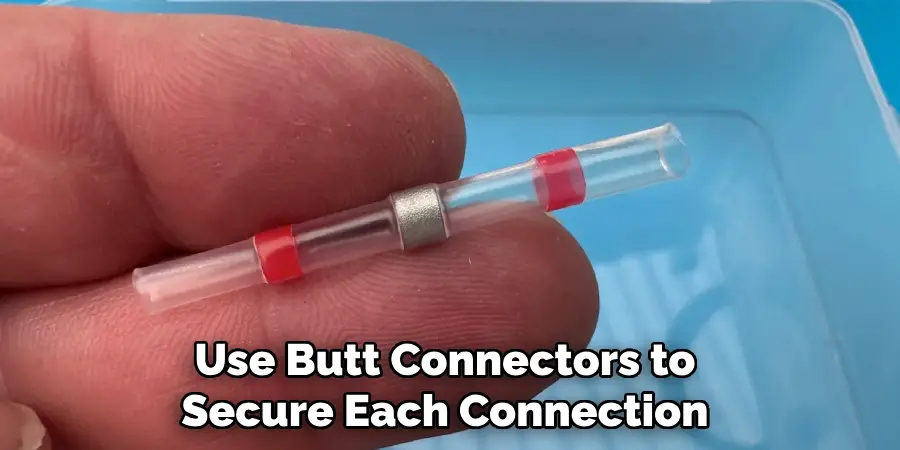
Some Additional Tips to Wire Offroad Lights Without Relay
1 . Use a Wire Harness
One of the best ways to wire offroad lights without a relay is by using a wire harness. A wire harness is essentially a set of wires that are bundled together and have connectors on each end. This makes it easy to connect your lights to your battery without having to worry about finding the right size wire or which end goes where.
2 . Use a Fuse
Another important tip is to always use a fuse when wiring offroad lights without a relay. A fuse acts as a safety device that protects your vehicle’s electrical system from overloading and potential fire hazards. It is recommended to use an inline fuse close to the battery terminal, as this will provide maximum protection.
3 . Choose the Right Gauge Wire
Choosing the right gauge wire is crucial when wiring offroad lights without a relay. If you use a wire that is too small, it can easily overheat and cause a fire. On the other hand, using a wire that is too large can be wasteful and unnecessarily expensive. The recommended gauge for offroad lighting is 14-16 AWG (American Wire Gauge), but it is always best to consult a wiring diagram for your specific lights to ensure proper sizing.
4 . Secure All Connections
When wiring offroad lights without a relay, it’s important to make sure all connections are secure. Loose connections can cause issues with the flow of electricity and lead to malfunctioning lights. It’s also important to use proper connectors and crimp them tightly to ensure a strong and secure connection.
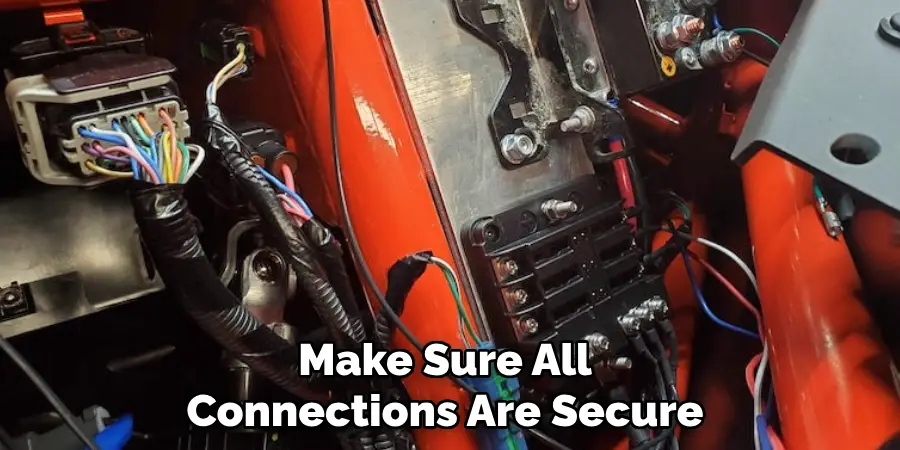
5 . Practice Good Grounding Techniques
Proper grounding is essential when wiring offroad lights without a relay. Grounding provides a safe path for electricity to flow, reducing the risk of electrical fires and damage to your vehicle’s electrical system. It’s important to use clean metal-to-metal contact for grounding rather than relying on bolts or screws that may become corroded over time.
6 . Consider Using a Switch Panel
If you have multiple offroad lights, it may be beneficial to use a switch panel when wiring without a relay. A switch panel allows you to control all of your lights from one central location and can help simplify the wiring process. It also eliminates the need for multiple switches and makes for a cleaner-looking installation.
7 . Seek Professional Help if Necessary
If you are not confident in your ability to wire offroad lights without a relay, it is always best to seek professional help. Improper wiring can lead to serious safety hazards and damage to your vehicle. It’s worth the investment to have a professional install or check over your wiring for peace of mind.
Frequently Asked Question
What Precautions Should I Take While Wiring Offroad Lights Without Relay?
Off-road driving can be an exhilarating experience, but it also requires proper preparation and safety precautions. When wiring offroad lights without a relay, keep the following in mind:
- Make sure to use the appropriate wire gauge for your lights and power source.
- Always disconnect the negative terminal of your battery before starting any electrical work.
- Use insulated connectors and heat shrink tubing to secure all connections.
- Keep wires away from any sharp edges or hot surfaces to prevent damage.
- Test your lights before hitting the road to ensure they are working properly.
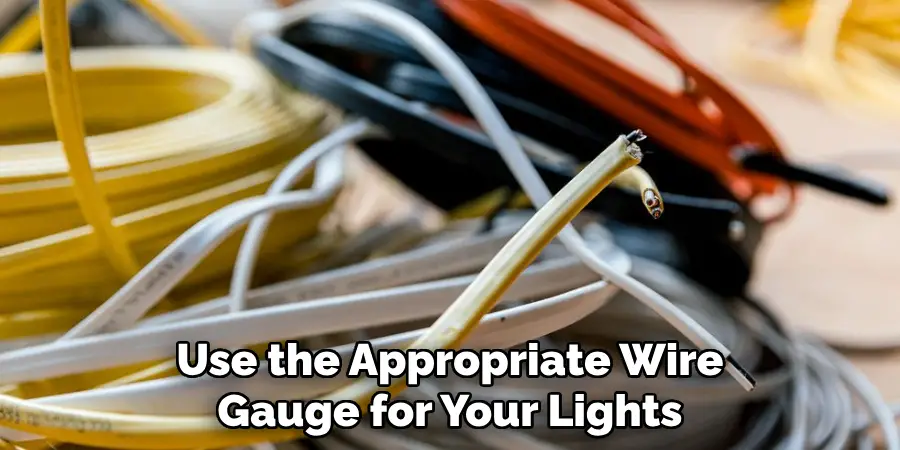
Do I Need a Relay for Offroad Lights?
A relay is not always necessary for offroad lights, but it can be beneficial in certain situations. A relay acts as a switch, allowing for a low amperage signal to control a high amperage circuit. This can be useful if your lights draw a lot of power and you want to avoid overloading your switch or wiring.
How Can I Wire Offroad Lights Without Using a Switch?
If you prefer not to use a switch to control your offroad lights, you can wire them to be always on when the ignition is turned on. This involves connecting your lights directly to your vehicle’s battery with an inline fuse for safety.
Keep in mind that this method may drain your battery if you forget to turn off the lights. Also, be sure to check local laws and regulations as some states may require a switch to control offroad lights.
How Can I Make Sure My Offroad Lights Are Legal?
Off-road lighting regulations vary by state and country, so it’s important to do your research before adding any new lights to your vehicle. Some general guidelines to follow for legal offroad lighting include:
- Only use white or amber lights in the front of your vehicle.
- Red and blue lights are usually reserved for emergency vehicles only.
- Avoid using any flashing or strobe lights as they can be distracting to other drivers.
- Make sure your offroad lights are aimed properly and not causing glare for other drivers on the road. Always be respectful of others on the road and use your offroad lights responsibly. Overall, it’s important to follow all local laws and regulations to ensure a safe and enjoyable off-roading experience.
Can I Wire Offroad Lights Without a Fuse?
While it is not recommended, you can technically wire offroad lights without a fuse. However, using a fuse is important for protecting your lights and vehicle from any potential electrical issues or accidents. Fuses are designed to break and prevent excessive current from flowing through the circuit, which could cause damage or fire.
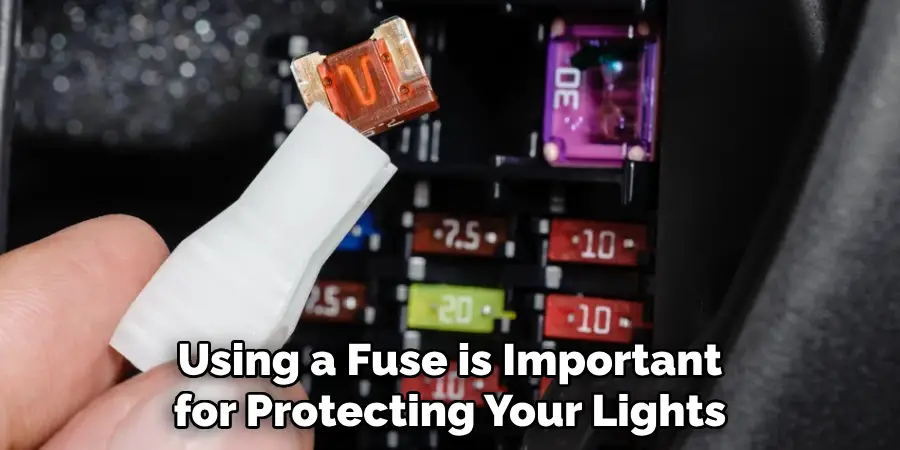
How Much Power Do Offroad Lights Typically Draw?
The power draw of offroad lights can vary depending on the type and number of lights you are using. Generally, LED lights will draw less power than halogen or HID lights. It’s important to check the specifications for your specific lights to determine their power draw and make sure your vehicle’s electrical system can handle it.
Conclusion
In conclusion, wiring offroad lights without a relay is possible with the right tools and techniques. By using a wire harness, fuse, proper gauge wire, secure connections, and good grounding techniques, you can ensure the safe and effective installation of your offroad lights.
Now you know how to wire offroad lights without relay! However, if you are unsure about any aspect of the wiring process, it’s always best to consult a professional for assistance. After all, safety should always be the top priority when working with electrical systems.
So go out and enjoy your offroad adventures with properly wired and functioning lights! Keep in mind that these tips can also be applied to other types of auxiliary lighting such as LED light bars or spotlights. Happy wiring

